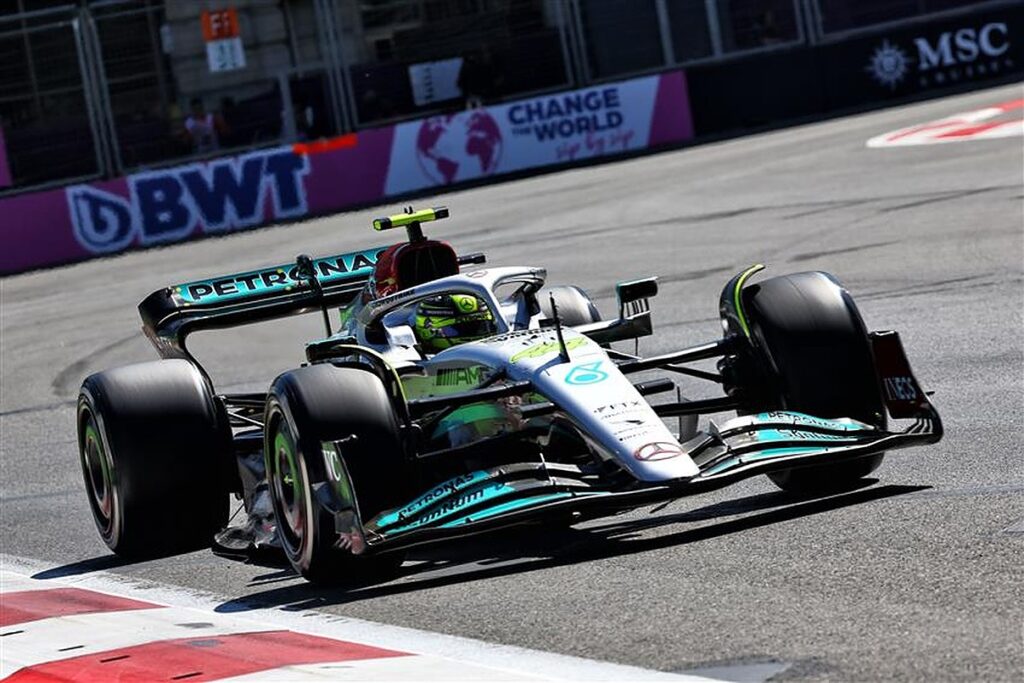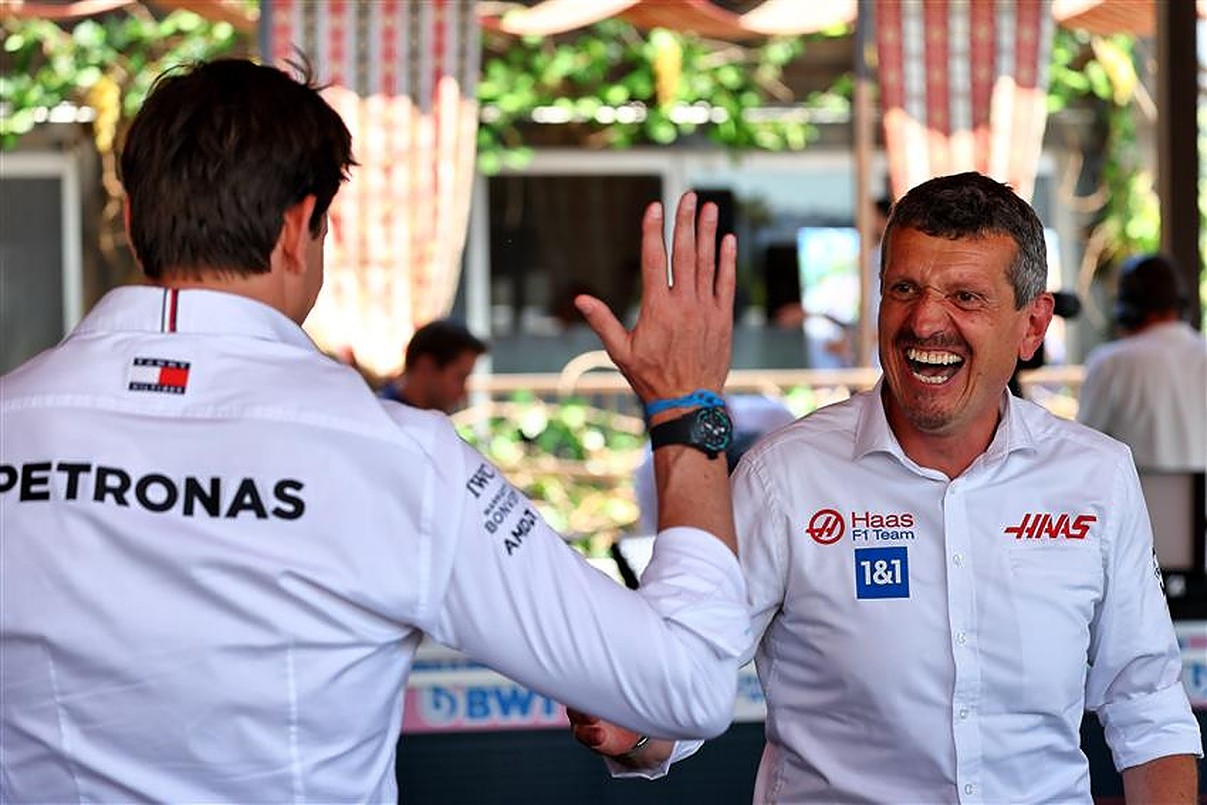Haas team principal Guenther Steiner is not entirely convinced by the new regulation aimed at limiting “porpoising” and bouncing.
Mercedes in particular have struggled with heavy contact with the track surface this year, primarily due to their aerodynamic deficiencies that led to the floor hitting the track surface, and this phenomenon is known as “porpoising.”
They appeared to fix the issue in Barcelona, meaning that they felt able to lower the ride height of the W13, but this meant that the car was hitting the ground even harder.
READ: Gasly fires warning about major risk at 2022 Canadian GP
That put Sir Lewis Hamilton through physical torment last weekend in Baku as his back took a beating, and team-mate George Russell as well as Ferrari’s Carlos Sainz have been outspoken on the necessity to look out for driver welfare.
The FIA have responded by measuring the oscillation of the cars from this weekend’s Canadian Grand Prix, and if a team’s bouncing goes over a certain amount in the final practice session, then they will be barred from participating in the remainder of the weekend.
The result of the new directive is that a lot of the teams may now have to run their cars slightly higher, which Steiner predicts could shake things up in the pecking order.
“Some of the cars are pretty bad, but there is a solution, just raise the ride height but then you go slow. Who wants to go slow?” he said.

“It’s like, I don’t know how many years ago, in the middle of the season we had a change of tyres.
“Something like this, you change something fundamentally and it could change the pecking order completely. Is that really fair?
“Yes, it’s a safety factor but just raise your ride height. The measurement of this is to find where it’s dangerous without changing the regulations, to find the limit of something.
“It’s pretty fresh all this so let’s see in the next day. I need to speak to my guys. Everyone is still trying to figure it out in the best and most meaningful way.”
The Italian has no issue with the FIA carrying out investigations to research how much everyone is bobbling on the straight, but he is slightly more concerned with the action they may decide to take based on the data they collect.
“The measuring is one thing, the decision that comes out of the measuring is another,” added Steiner.
“Investigating is something I don’t have an issue with, why would I?
READ: Sainz fired warning about trying to outperform Leclerc at Ferrari
“If there is so much being made out of it, and there is something behind it, it is the right thing to do to find out what it is before you make a decision.
“Because the more data, the more information you have, the better qualified the decision you can make afterwards.”
He is also sceptical as to finding a definitive limit by the third and final practice session on Saturday.
“It’s a little bit optimistic but we will find out,” continued the Haas boss.
“You need to start somewhere. If they say ‘Okay, we were too optimistic’…imagine if there is a number set after FP2 and somebody doesn’t achieve it, then what do you do? You exclude them? I don’t know.”
Russell said on Thursday that, from a safety perspective, the new rule is “good for everyone.”

